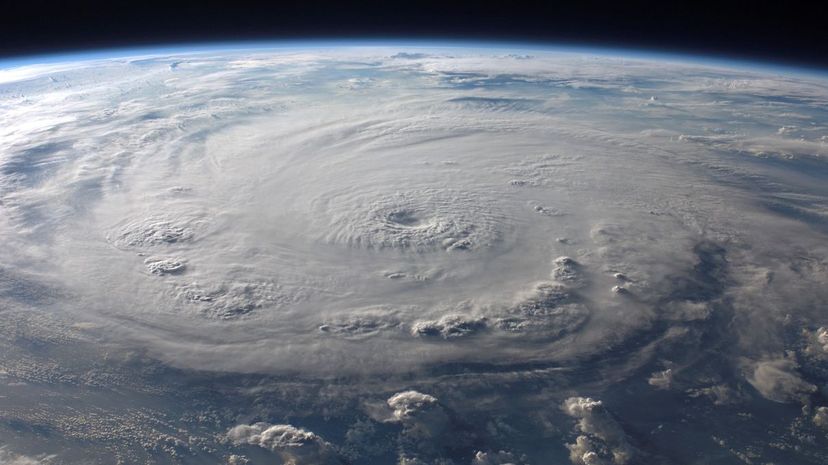
About This Quiz
You can't go far without hearing something about the weather. You may be on an elevator, turning on the evening news or eavesdropping on chatter around the water cooler on Monday, but it seems everyone is obsessed with the atmospheric topic. Will it rain? What about snow? Did you hear about that tornado? Yes, it seems we're all caught up in the highs and lows of thermometers, barometers and anemometers (whatever those are)!
Today's meteorologists have four or more years of schooling under the belts that help them understand how to read satellite and radar images. Weathermen you see on TV may or may not be meteorologists who deliver a forecast. But you (and others like you) may simply be weather enthusiasts — self-trained and educated to understand things like auroras, waterspouts and the belt of Venus!
So, here's our forecast: You're going to wreck this quiz like a tornado! You're going to crush the "hail" out of it! You're going to have an avalanche of correct answers! (Tired of our weather puns yet?!) See how many of these weather phenomena you can name from a quick screenshot and a simple clue. Keep your eye on the skies and your finger on your mouse ... and click your way to a "high" of 11 or more!
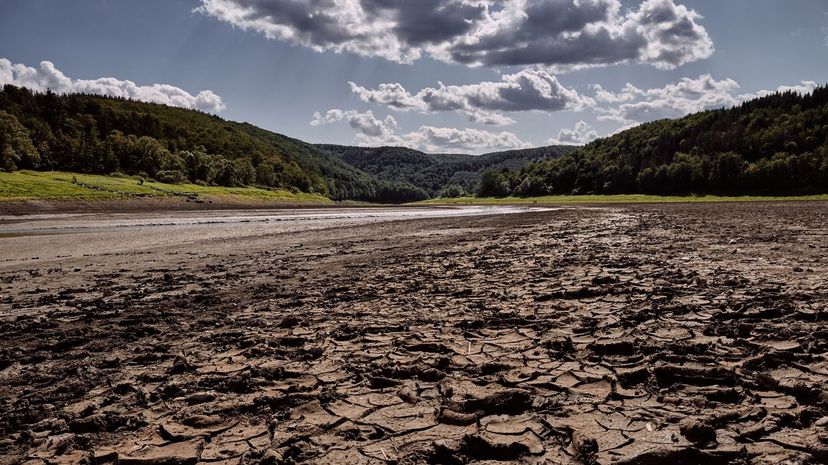
An area is having a drought when it experiences prolonged periods without rainfall, resulting in particularly dry conditions. Though this can occur in just about any climate, we often associate droughts with places that are usually arid, such as deserts.
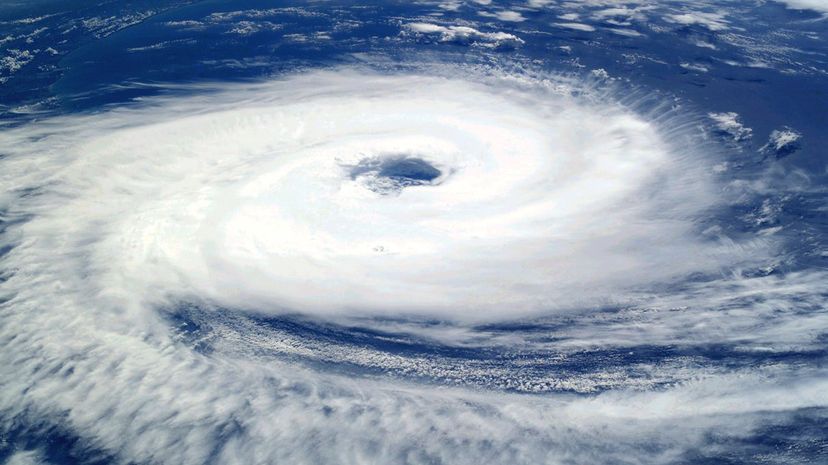
We throw the word "hurricane" around, but there's little difference between a hurricane and a cyclone. Both are spinning storms with low-pressure areas and spiraling winds. The different terms are often indicative of the area where the storm occurs.
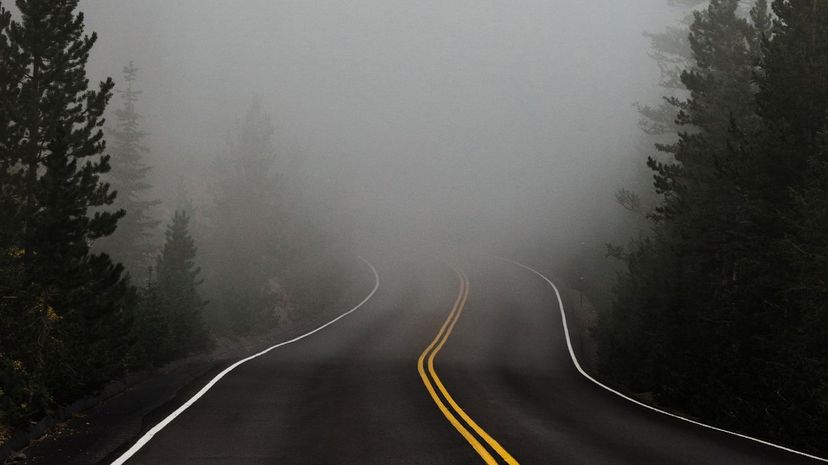
It may more closely resemble wispy clouds, but fog is actually a collection of teeny-tiny water droplets that hang in sheets near the ground. That's where the difficulty driving comes into play.
Advertisement
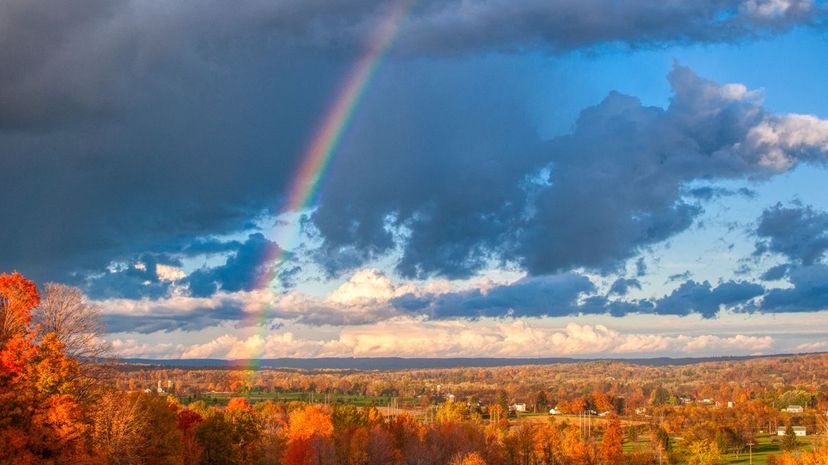
You've got to love rainbows! (Anyone remember the Double Rainbow Guy from a few years ago? He was super jazzed.) Rainbows have seven distinct colors, from red to violet. Need to remember them? Think Roy G. Biv (red, orange, yellow, green, blue, indigo, violet).
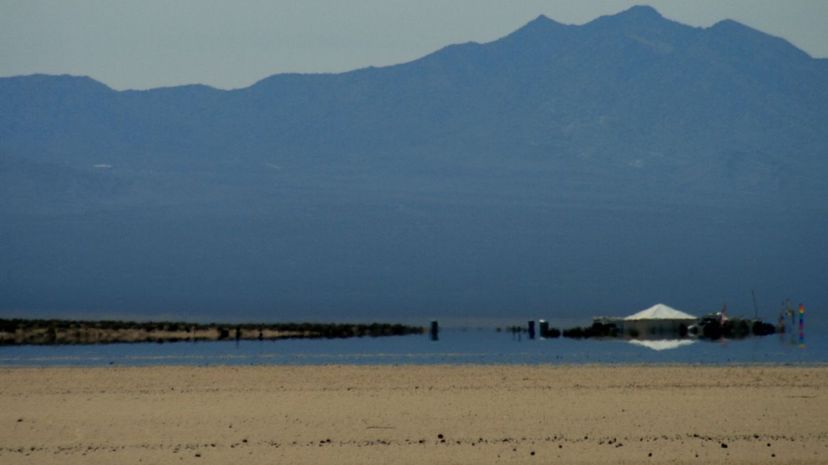
It's been referred to as an optical illusion, but a mirage actually has weather to thank (or blame) for appearing. It occurs when the ground is hot and actually warms the cooler air just above it. Cool, indeed!
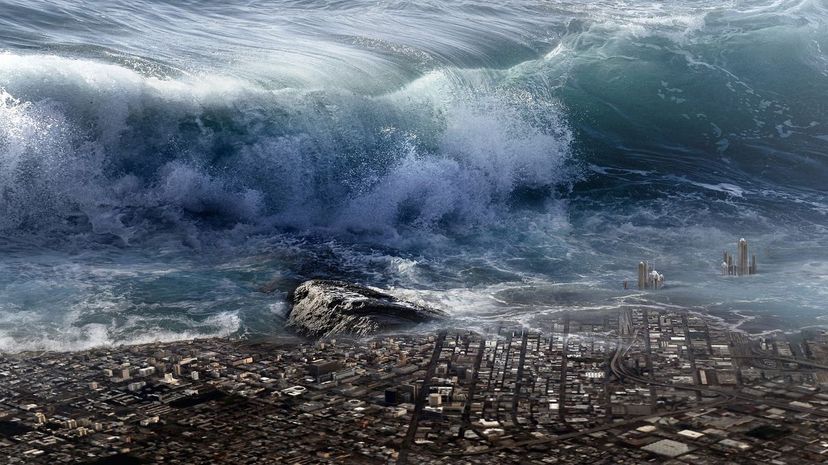
Tsunamis are particularly devastating, caused by waves triggered due to volcanic eruptions. The tsunami that hit Japan in 2011 was the result of a magnitude 9.0 earthquake underwater near the island of Honshu.
Advertisement
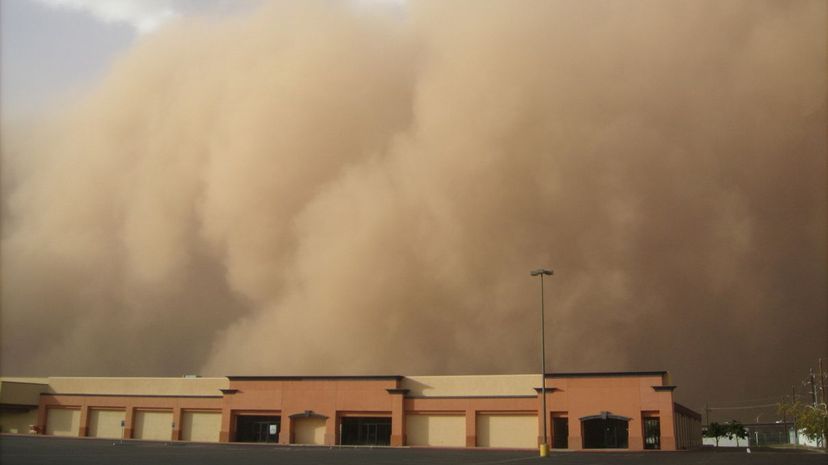
Wind can do some pretty amazing things, including gathering particles like sand and soil and transporting them over wide areas. These dust storms aren't typically dangerous unless you breathe too much of it in!

Hail, more formally known as hailstones, are different sized balls of ice that can be painful to the skin or destructive to vehicles and other objects. Hail is formed by water droplets freezing at or near the top of clouds in thunderstorms.
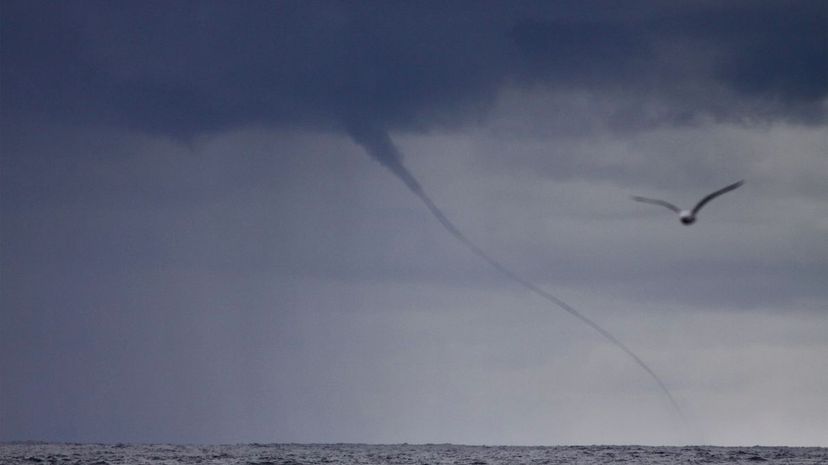
You'd think a waterspout would be full of water, but that's simply not the case. A waterspout comes from a cumulus cloud to hover over a body of water, like the ocean. Waterspouts are actually spinning wind peppered with clouds.
Advertisement
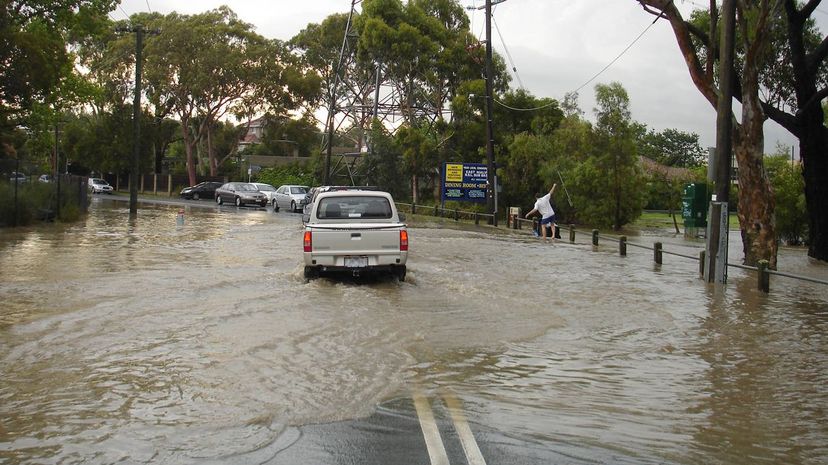
Flash floods can be frightening to people who find themselves in low-elevation areas. They are caused by a heavy burst of rain, usually in a short period of time, bringing on sudden and dangerous flash floods.
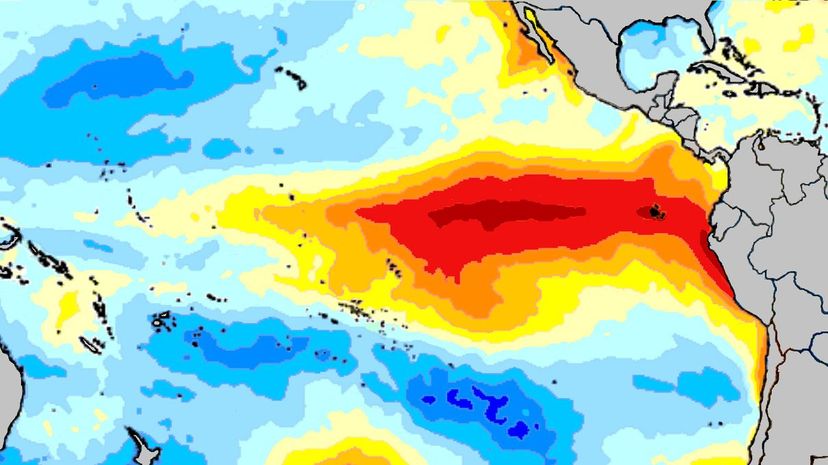
El Niño may start in the Pacific Ocean as unseasonably warm water, but its changes can impact weather worldwide, causing droughts in some areas and increased rain and snow in others. A one-time science correspondent has called it the "master weather-maker."
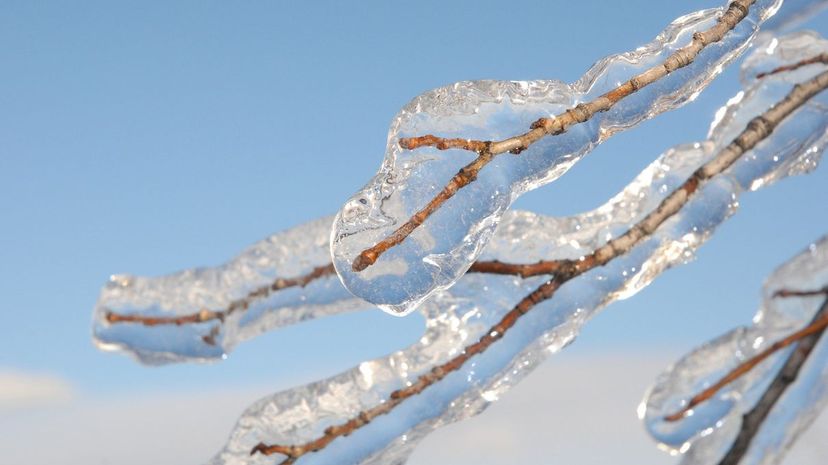
Freezing rain is the stuff of scary driving conditions! It comes down as rain, but freezes immediately upon contact with a surface, like roadways or power lines. Be extra careful if you're driving during this type of precipitation.
Advertisement
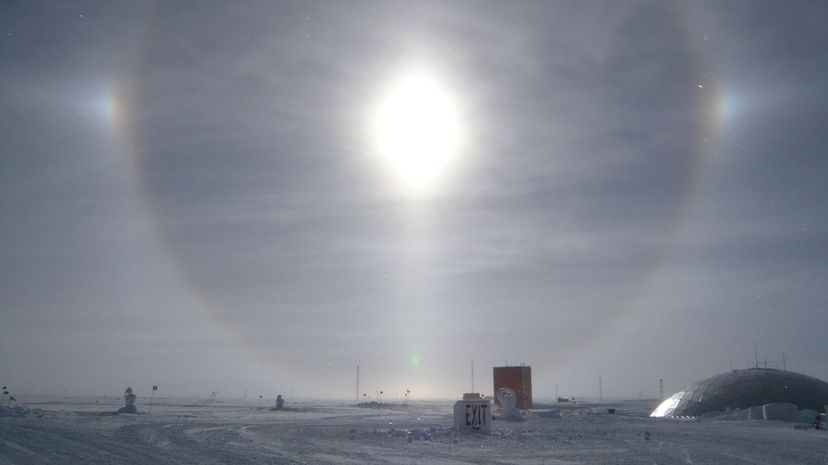
"I can feel your halo (halo) halo ... " Whoops, sorry. We got carried away with the Beyhive for a second. A sun "halo" looks like a, well, halo around the sun. It is caused by thin clouds comprising water droplets that reflect and refract light to produce a halo-like effect.
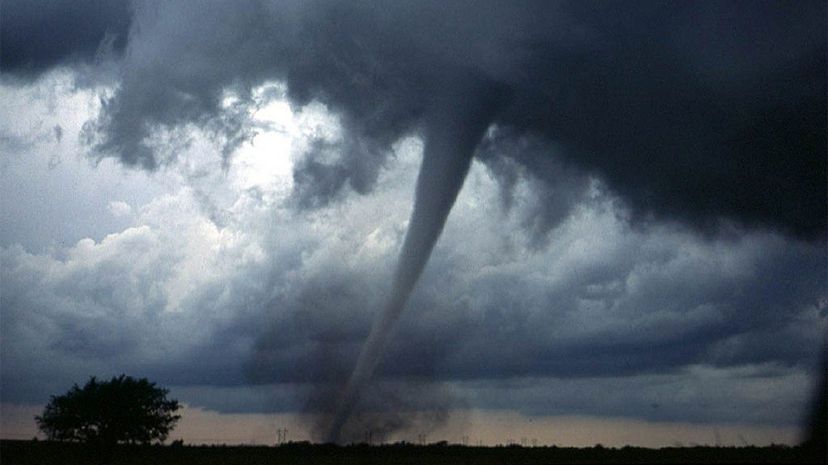
The Great Plains and the Midwest are well-known for being the site of numerous tornados, which is exactly what Dorothy Gale found herself riding out in "The Wizard of Oz." Hey, a fictional tornado is still a tornado, in our book.
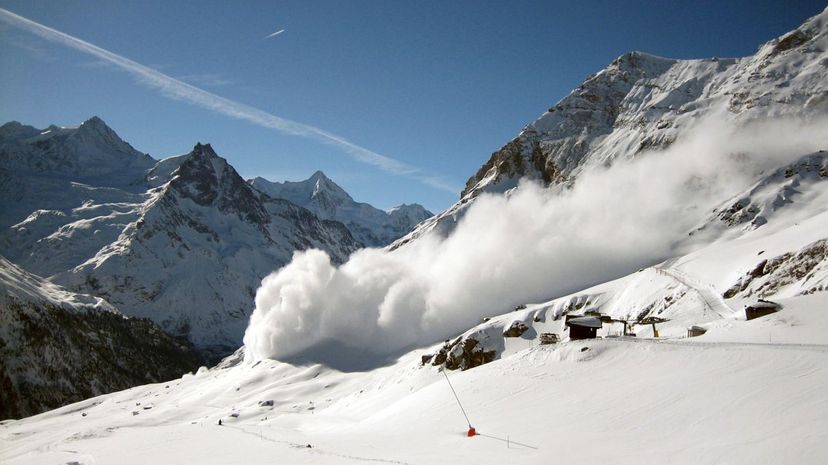
While not directly a weather phenomenon, an avalanche does have weather conditions to blame for it occurring. Shifts in the temperature, wind or extra snowfall can cause these massive snow slides.
Advertisement
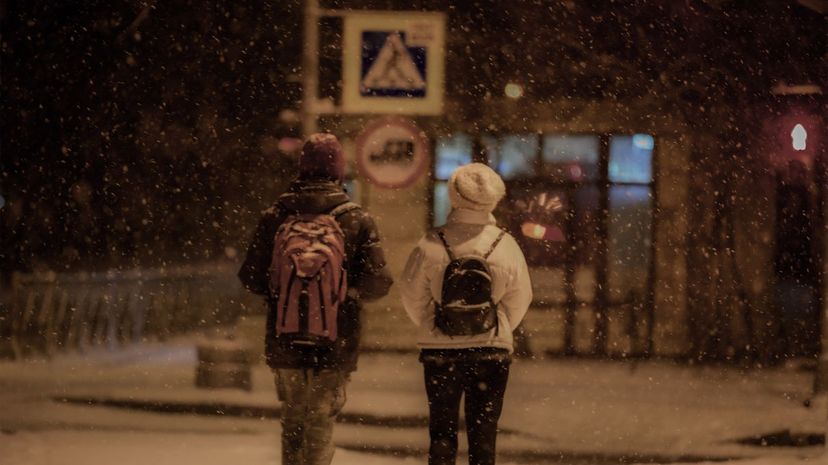
We usually equate a blizzard with a ton of snow, which it definitely includes. But meteorologists know that real blizzards consist not only of snow but also sustained winds at least 35 miles per hour.
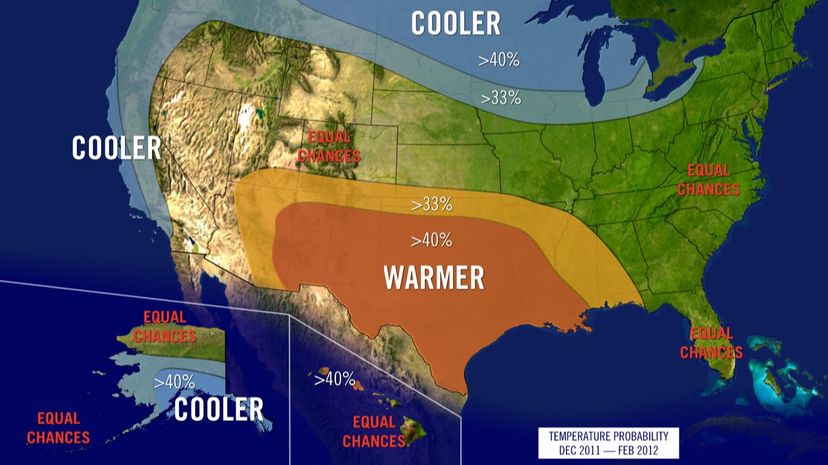
You've heard of El Niño, but do you know his "sister," La Niña? La Niña is the opposite of El Niño in that it causes a cooling of the water in the Pacific, creating both rainy and dry conditions in other parts of the world.
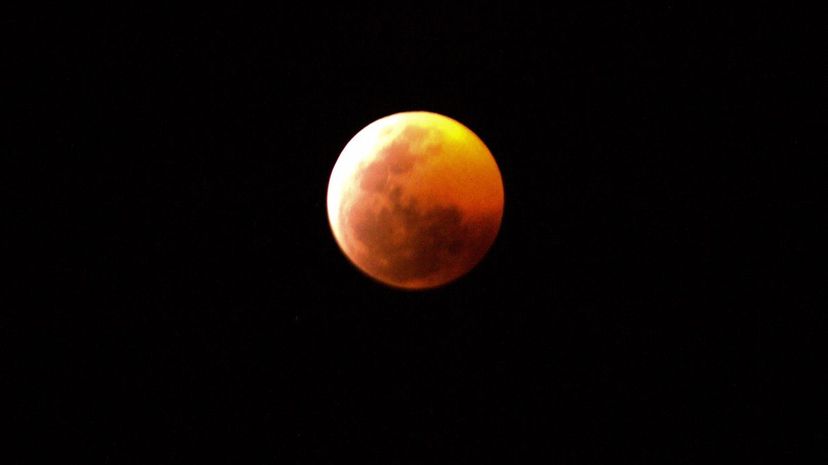
Don't worry — a blood moon doesn't really have anything to do with blood. Instead, it refers to the reddish hue the moon takes on when light in the atmosphere is scattered in a specific way.
Advertisement
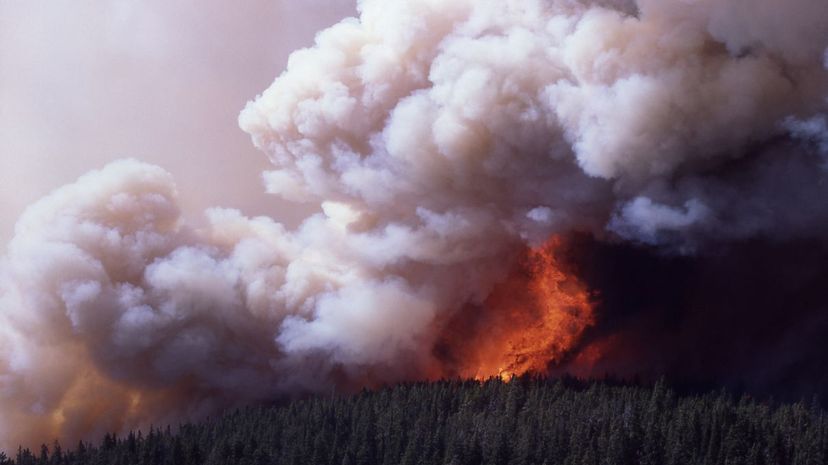
A firestorm occurs when a fire in the atmosphere starts sucking in more air, creating its own voracious (and hot) wind system. This condition is aided by extra moisture in the air.
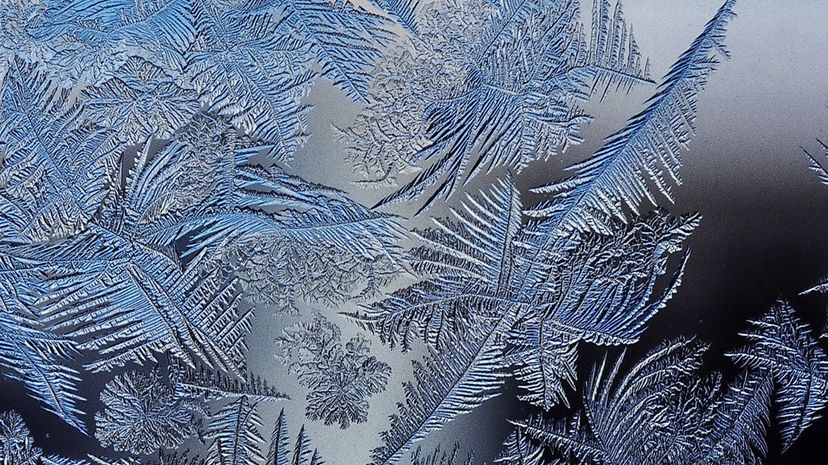
Frost is that thin layer of ice that you may see on your plants or even on your windshield when the air's temperature drops below water's freezing point. It is particularly common in the early fall when temperatures can vary.
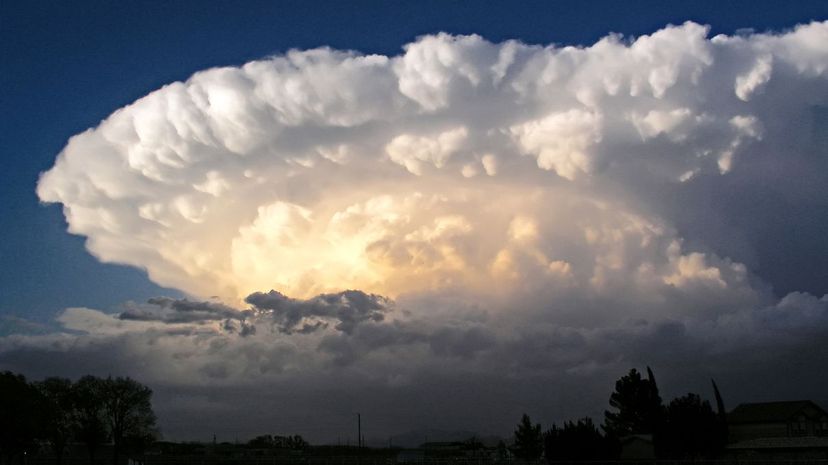
When you have instability, moisture and lift, you get what we know commonly as a thunderstorm. However, add in wind shear, and you get something else entirely — a phenomenon known as a supercell.
Advertisement
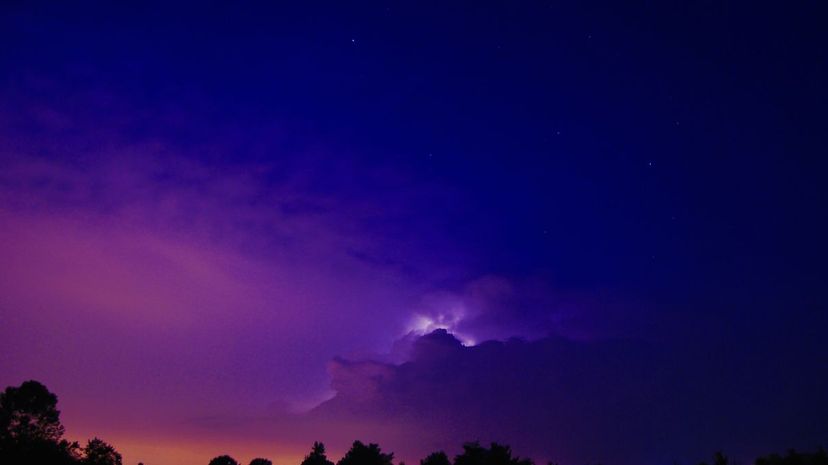
You probably heard about heat lightning as a kid, but we're sad to say, those stories are false. Scientists say there's no such thing; the "heat lightning" you're seeing is actually a far-off thunderstorm where you simply cannot hear the accompanying thunder.
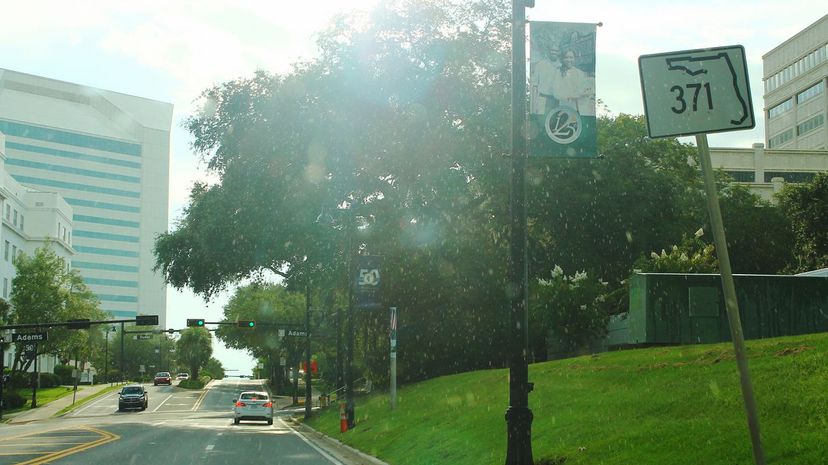
Sunshowers bring May flowers? Well, that's not exactly how it goes. But, if you think it can't rain just because the sun is out, think again. A sunshower is exactly what it sounds like — a burst of rain when it's sunny out.
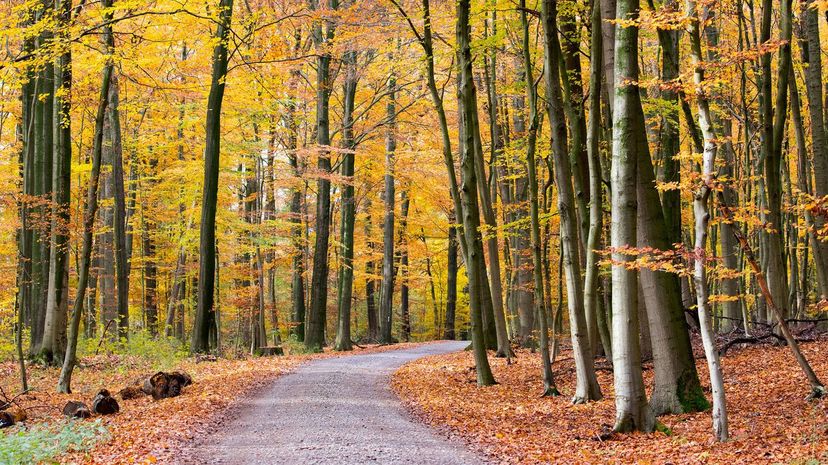
We'll sign up for a second summer, known as an Indian summer, that occurs once fall is well underway. Indian summers are typically not only periods of warm weather, but dry weather as well.
Advertisement
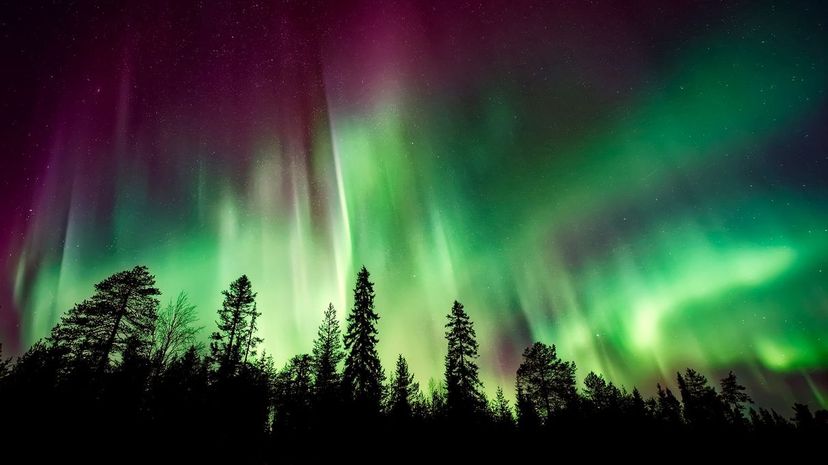
Aurora Borealis, or the "Northern Lights," as it's sometimes called, is a magnificent display of color observed high in the Earth's atmosphere. This phenomenon is caused by electrons in the atmosphere moving in and out of high and low states of energy.
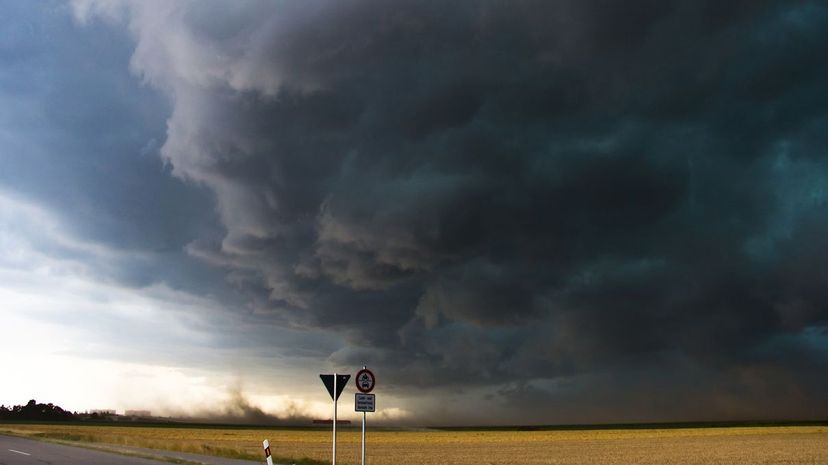
It could be a rain squall or a snow squall, but one thing's for certain: It's going to be quick and it's going to be intense. Squalls deliver loads of rain or snow in a short period of time.
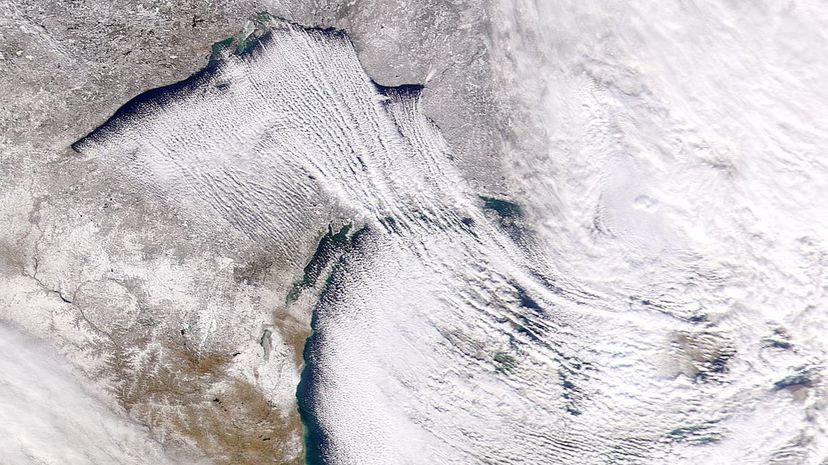
Lake effect snow occurs when cold air that moves over a body of water (cue the lake) picks up some of that body of water's moisture. Then, all of that moisture finds its way to the ground in the form of excessive snowfall accumulation.
Advertisement
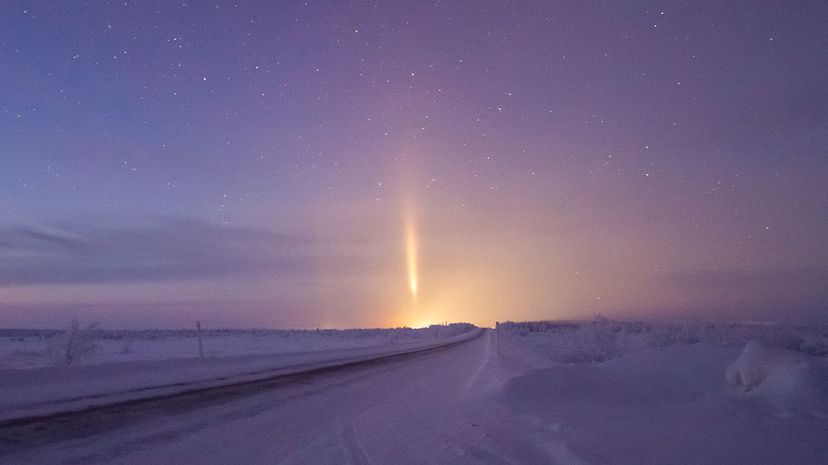
Have you ever noticed what looked like a light pillar extending away from the sun? That's moisture in the atmosphere and the power of light reflecting off of it. Pretty awesome, right?
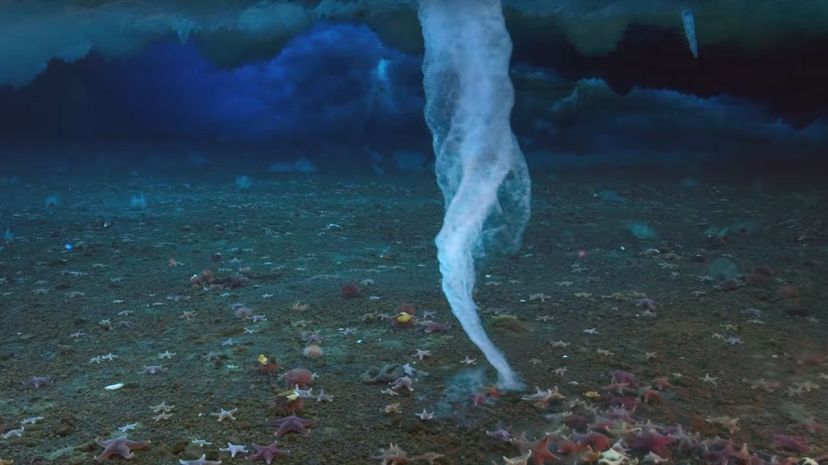
Brinicles are like the icicles we see when water freezes aboveground. These, however, occur underwater when colder water hits warm ocean water. They may also resemble a stalactite you've seen hanging from the top of a cave.
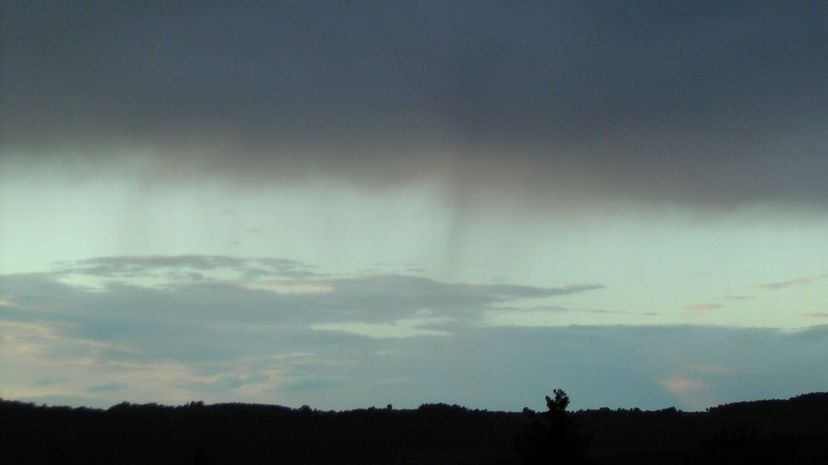
A virga occurs when a streak of precipitation extends from a cloud, but turns into a vapor and evaporates before it reaches the Earth's surface. These often look like streaky clouds in the sky reaching toward the ground.
Advertisement
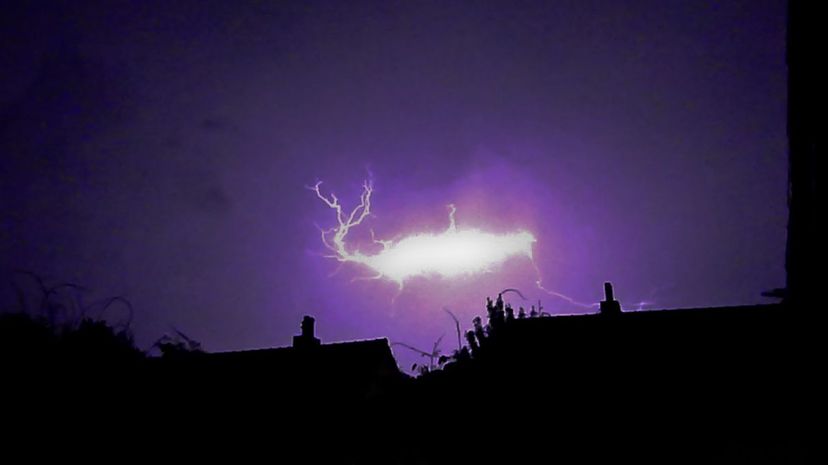
They can be as small as the eraser on a pencil or as large as a human head! We're talking about ball lightning, which is precisely what it sounds like — lightning that presents in the shape of a sphere.
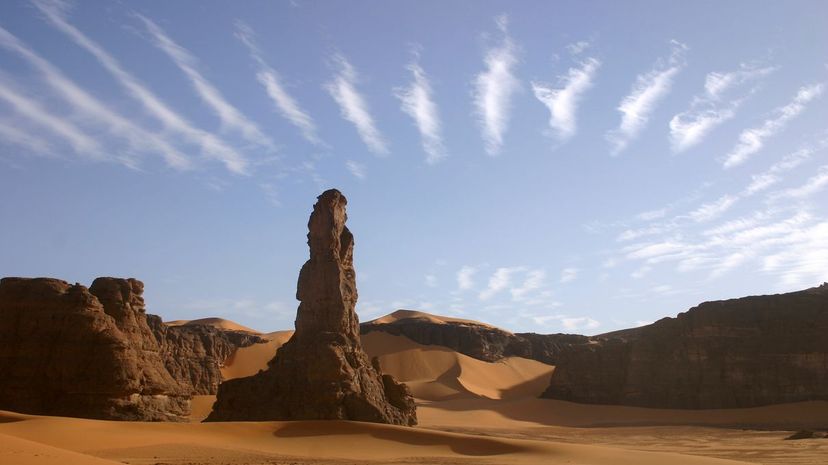
A wave cloud looks exactly like you might think — just like the waves of the ocean! Wave clouds form when they pass over mountains, for example, pushing air between segments of the cloud.
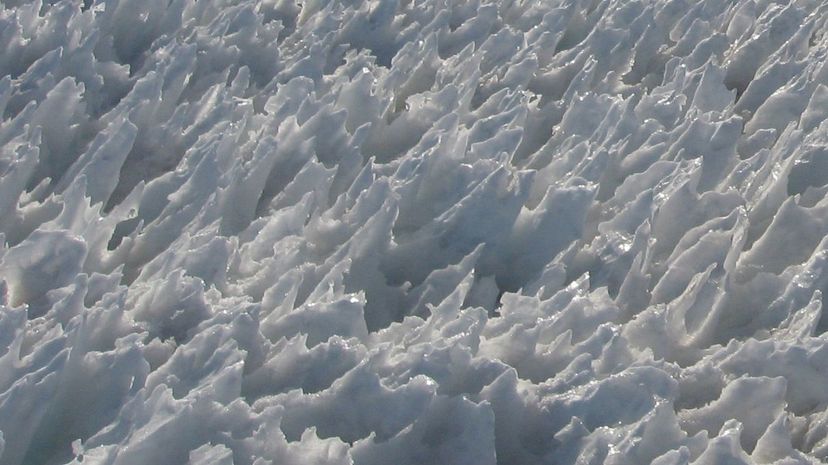
You'll probably never encounter "penitentes," since they are mostly located in high elevations like the Andes Mountains. But these snow formations earned their name for their similarity to hats worn during a religious ceremony known as a penance procession.
Advertisement
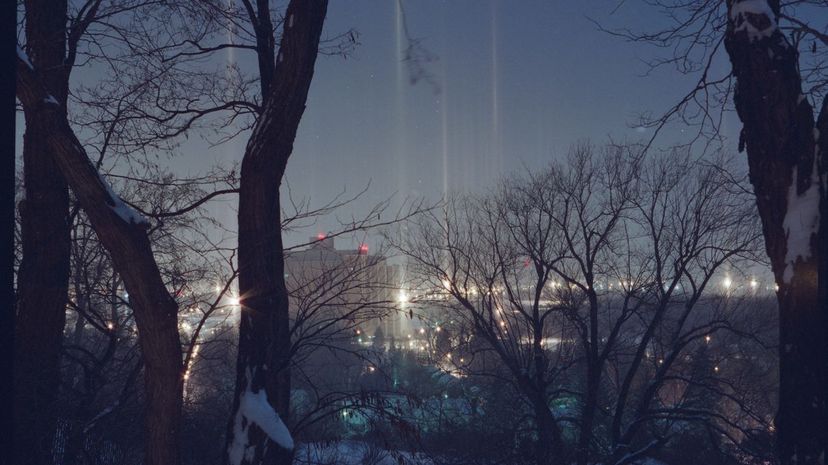
Diamond dust doesn't sound much like a weather phenomenon, but we think something that's also called "clear sky precipitation" definitely qualifies. Diamond dust is a cloud of floating ice crystals that can occur, yes, without a cloud in the sky.
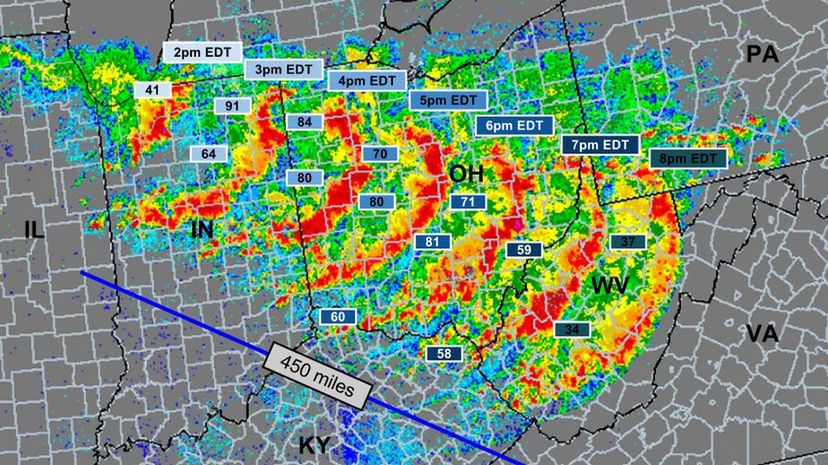
A "derecho" is a colossal wind storm, as in winds as strong as those produced by tornados or hurricanes, accompanied by fast-moving storms or rain showers. Derechos can be particularly destructive with the straight-line winds they produce.

A monsoon is most notable for the rain it brings, but it's actually known for creating a shift in the direction of the wind. This creates more moisture in the air and, well, it's got to go somewhere!
Advertisement
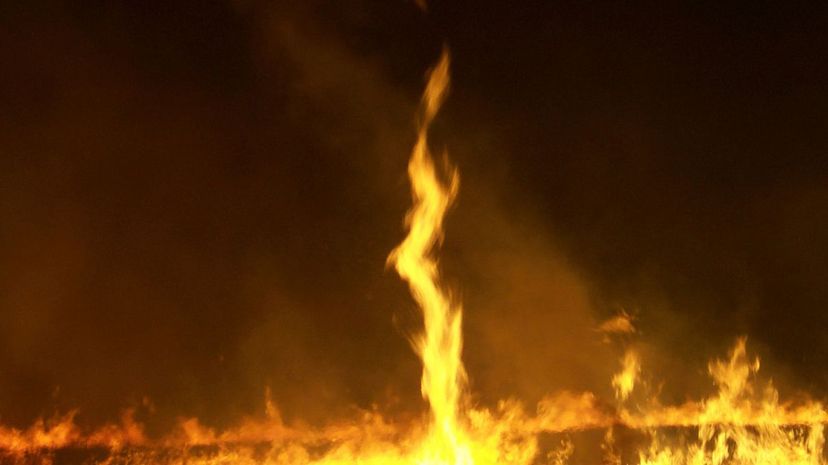
A fire whirl, also called a firenado or even a fire devil, is a swirling, tornado-like mesh of ash and fire. This type of phenomenon occurs when wind conditions mix with heat from a fire to create a vortex.

Do they come in glazed? Snow doughnuts are a pretty awesome name for a weather condition where snow balls itself together as it rolls across a snowy surface. You may also hear them called "snow bales" or "snow rollers," but c'mon, "snow doughnuts" is the clear winner.
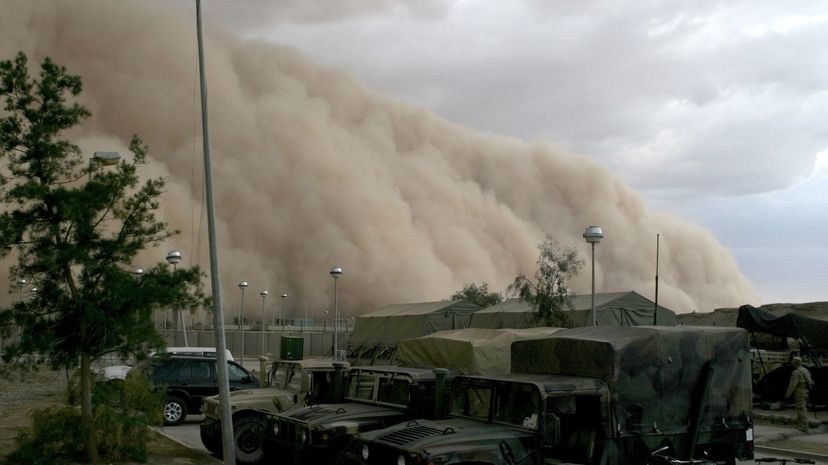
Alright, we know, it's a funny name. But, a "haboob" is a particularly extreme dust storm that relies on gravity to carry the storm onward. This type of weather incident is most likely to occur in places like the Sahara Desert.
Advertisement
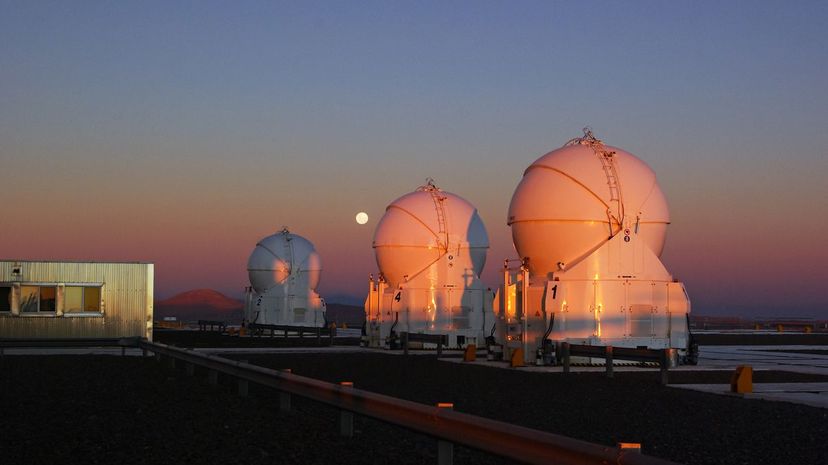
Pink sky at night? Thank the "Belt of Venus," associated with that Venus, the Roman goddess. This phenomenon occurs around sunrise and sunset, producing that bands of pink and blue you can observe on the horizon. Dust particles in the air help contribute to this display.